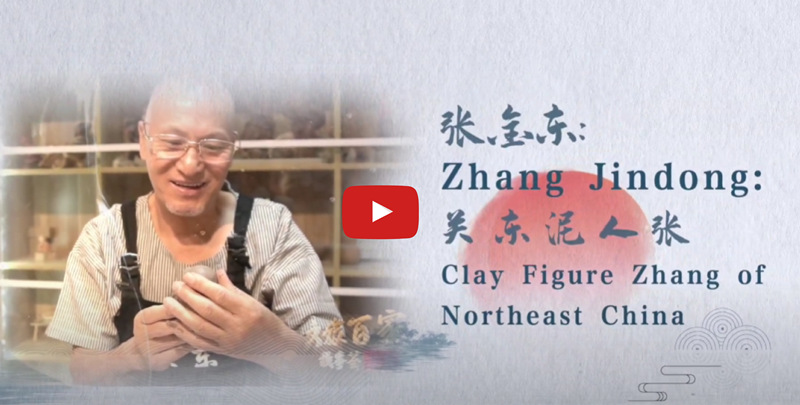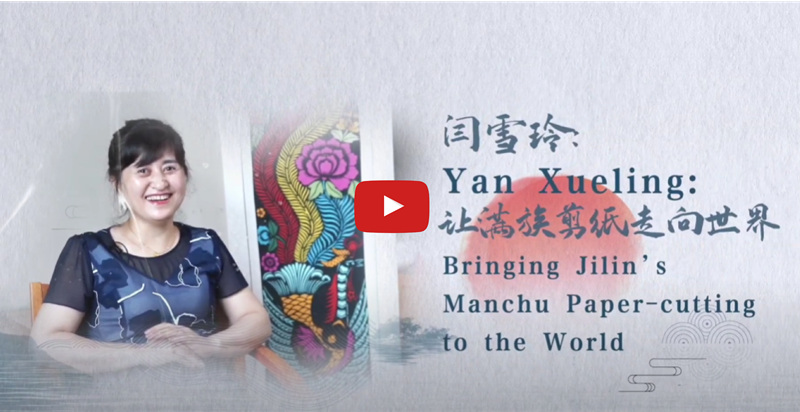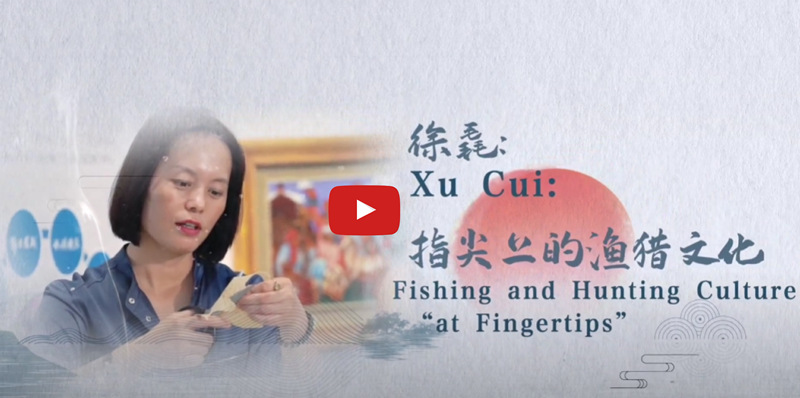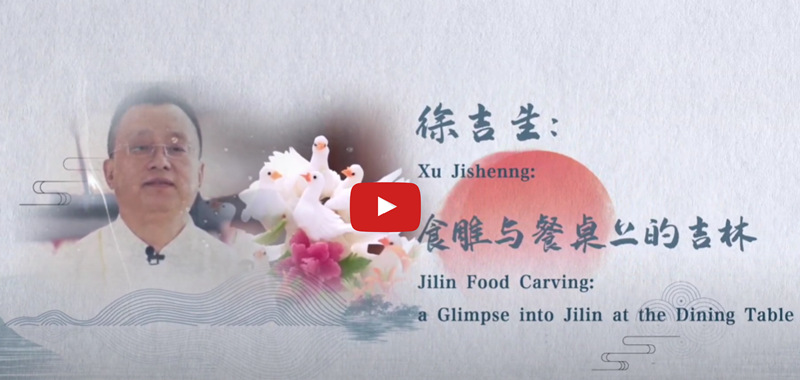
Located in the geographical center of Northeast Asia, Jilin Province in China has a number of ethnic groups and a blend of different cultures. It has preserved many traditional cultures such as the “timber gang culture”, the “fishing and hunting culture”, and the “Shamanic culture”. Today, through displays of the intangible cultural heritage, literary and artistic creation, and other forms, it enables us to continue the living tradition of these cultures and integrate them to people’s lives. To celebrate the “Cultural and Natural Heritage Day” on June 11, 2022 (Saturday), we are proud to present the documentary video series of Jilin intangible cultural heritage and show the unique charm of Jilin culture to the world.
“Clay figure” is an ancient folk art in China. Zhang Jindong, inheritor of “Clay Figure Zhang of Northeast China” folk art – an Intangible Cultural Heritage of Jilin Province – has created more than 1,000 clay figures showing the folk customs in Northeast China. There is a nostalgia in his work, but moreover, a continuation of precious memories and cultures.
Based on the Manchu folk cultural background and living environment, the Manchu paper-cutting mainly shows the scenery and folk customs in the Northeast. Yan Xueling is the fourth-generation inheritor of Laohuaide Manchu paper-cutting. While expressing the traditional regional culture, she has also explored and created a lot of new contents, which are popular among the young generation.
Chagan Lake fish skin art can be traced back to Liao and Jin Dynasties. The frequently used fish skin materials include the skins of fathead carp, common carp, snakehead fish and some other fish. Xu Cui is the inheritor of Chagan Lake fish skin art, and her work enables a wider spread of this ancient fishing and hunting culture.
Through simple ingredients and diverse cooking methods, Jilin cuisine plays a unique role in the Chinese culinary world. The way Xu Jisheng treats Jilin cuisine is both artistic and innovative. He unveils the natural beauty and customs of Jilin Province on the dining table in the form of food carving.




